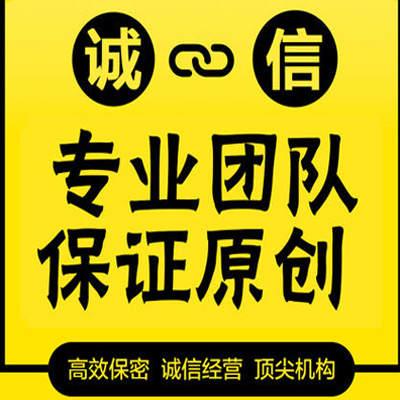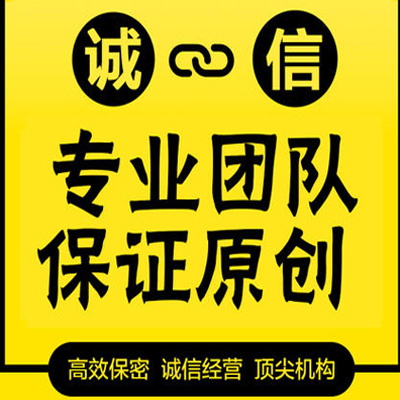留学生论文作业范文--斯图尔特论点的有效性

|
The Effectiveness of Stuart's Argument
[Name of Writer]
[Name of Institution]
The Effectiveness of Stuart's Argument
By the time it is observed around the globe, that due to the easy access to internet services and technological development the use of social media has become most common. It is a matter of fact that social media is used in every sector and organization. Moreover, social media is now considered as the perfect source of communication because of the common use it is easier to find everyone. Correspondingly, it is also observed that the law enforcement officers are also linked to social media, this may cause harm to them or their entire department.
In this regard, this essay is proposed to claim the value response and effectiveness of an argument by Stuart’s. As Mr. Robert D. Stuart is a retired major of the police department and has also worked with the criminal justice information center (Tiry et al., 2019). In 2013, Mr. Stuart wrote an article about the establishment of criteria for law enforcement use of social media. However, his article holds a value until today because he has gone straight to the opinions in the article by supporting the argument using realities.
Considering the claim by Stuart in the first paragraph he writes that on adapting social media by officers there is a need for law enforcement (Stuart, 2013). However, Stuart continues the discussion by writing about the understanding of social media, restrictions about the social media law execution, problems caused and faced by the officers and the respective resolution development.
Mr. Robert D. Stuart reveals that almost every individual around the world is using social media along with the police officers. He further states that round about 78 % of law enforcement defendants are using social media while a high percentage of them have also recognized themselves as police officials (P. 138). His main theme of the article is to let others known about the certain risks and security threads that a police official and the whole department can face (Stuart, 2013). So, for this reason before posting any data or information to the social media profiles, the police officers should aware of the risks and harms.
Additionally, it is stated by Stuart that the safety of officers can be endangered by using missteps while using social media. This can result in embarrassment to the entire department because of the causal risk about the exposure to civil and criminal liability (P. 137). Moreover, it is also recommended by Stuart that police officials and law enforcement captains should keep professional and public lives separate. By adopting this strategy their professional and personal lives will remain secure and nobody can cause them harm and dishonor (Stewart, 2017).
The effort of Mr. Robert Stuart is appreciable because he tries to reveal the risks factor by using social media. Stuart also adds that it is good for the officials to use social media because it is also a part of their benefits because social media helps to maintain public relations, up to date knowledge about different crimes and strategies used around the world (Stuart, 2013). Furthermore, Stuart also claims that social media can also help in the criminal investigation, but a police officer must keep care of the data while putting on social media and related websites. Consequently, criminal can also become a spy and can access their public data for misuse and interpretation (Aly et al., 2017).
In addition to this Stuart also reveals that even some of the police officials are already aware of the risk factors and are well aware of what to share or not. However, he adds that about 15% of police officials do not take care while sharing data (Stuart, 2013). In this regard, it is very necessary to enforce law and government entities can also limit the speech of the police officials in these risky circumstances.
Moreover, Mr. Robert D. Stuart mentions that he wants that law administrative institutes should enforce the law, to control social media usage. He furthers states that by alleviating the misuse of social media by officials can increase its benefits in the respective departments. All these circumstances are elaborated in the article written by Stuart, he remains successful in explaining the negative outcomes that social media can result not even to the single individual but the whole department can be embarrassed (Hollywood et al., 2018). This is the effectiveness of his article that it is still studied to analyze the complexity hidden behind the use of social media.
However, Mr. Stuart has stressed over the point that it is very necessary to enforce the law on social media usage along with the limit of restriction that criminals can use no information for a negative way (Aly et al., 2017). The effectiveness of his arguments is admirable because Mr. Stuart defines the line between the negative and positive use of social media. Though it is helpful for the police officials a single misuse and a mistake can cause an unexpected effect because of this Stuart emphasized the care while putting information on social media.
Besides the understanding of applying social media to law enforcement Mr. Robert D. Stuart also encountered the causable problems (P. 87). However, possible solutions can also be developed while some of them are also mentioned in the article. Stuart states that it is not fair to refrain officers from maintaining their presence on social media. So, for this reason, a balancing criterion can be adopted that can protect the constitutional rights of the officials along with the protection of the integrity of the department and investigation (Stuart, 2013).
After revealing all these risky circumstances Mr. Stuart adds that those departments which maintain their presence on social media have greater chances of opening the newest doors for communication with the general community (Salter, 2016). By, the use of social media the common people can also reach police departments easily for acknowledging them complains and problems. Consequently, law administrators should necessarily design and implement appropriate policies that can control the use of social media to generate the accumulative benefits (Tiry et al., 2019).
Mr. Robert D. Stuart also adds that training officers regarding the use of social media for the officials can also address the police officials fair and beneficial use of social media (P. 93). However, Mr. Stuart adds that it can be done in two steps (Stuart, 2013). The first step can address the general use of the internet, computers and social media while the next step can be about the practical application of social media in the lives of officials. Furthermore, Mr. Robert. D. Stuart concludes in the article that by doing all the activities elaborated by him can result in the potential use of social media, and the law enforcement can help the officials and departments in serving the public in the authorized way (Nyborg et al., 2016).
References
Aly, A., Macdonald, S., Jarvis, L., & Chen, T. M. (2017). Introduction to the special issue: Terrorist online propaganda and radicalization.
Nyborg, K., Anderies, J. M., Dannenberg, A., Lindahl, T., Schill, C., Schlüter, M., ... & Chapin, F. S. (2016). Social norms as solutions. Science, 354(6308), 42-43.
Stewart, D. (2017). Social media and the law: A guidebook for communication students and professionals. Taylor & Francis.
Hollywood, J. S., Vermeer, M. J., Woods, D., Goodison, S. E., & Jackson, B. A. (2018). Using Social Media and Social Network Analysis in Law Enforcement.
Tiry, E., Oglesby-Neal, A., & Kim, K. (2019). Social Media Guidebook for Law Enforcement Agencies.
Silva, L., Mondal, M., Correa, D., Benevenuto, F., & Weber, I. (2016, March). Analyzing the targets of hate in online social media. In Tenth International AAAI Conference on Web and Social Media.
Salter, M. (2016). Crime, justice, and social media. Routledge.



